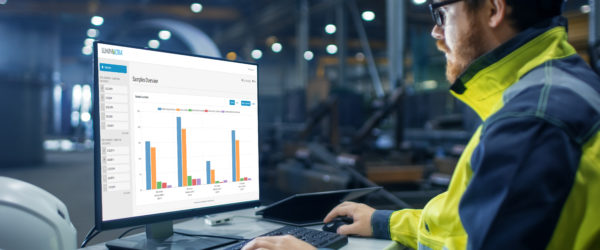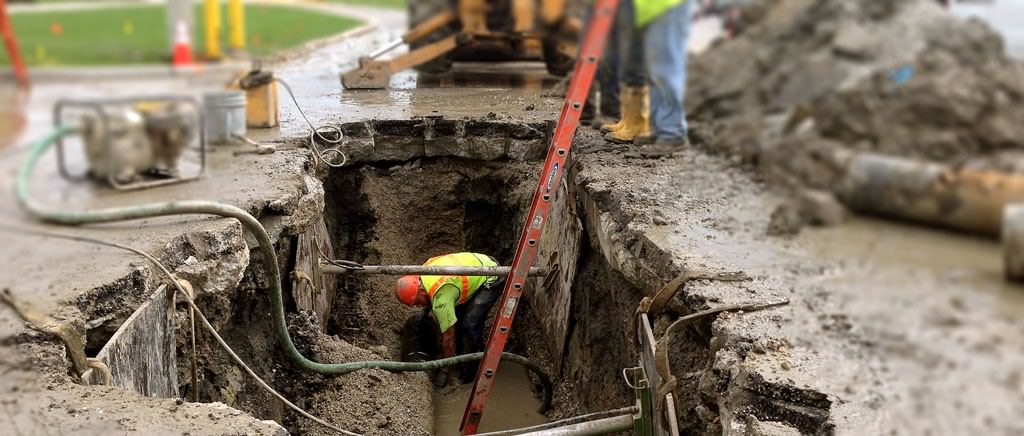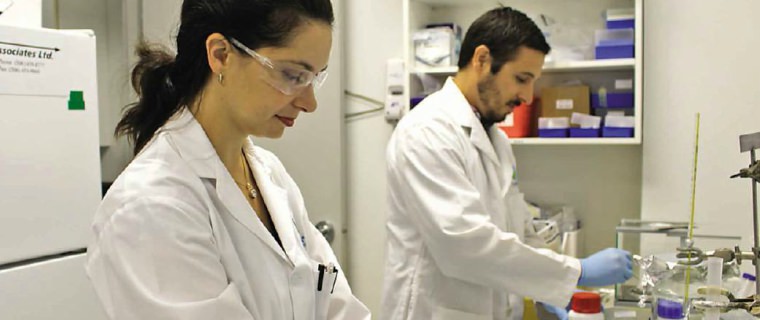First of all, what is NGS and what does it do?
Next-Generation Sequencing (NGS) is a tool that has revolutionized many fields of study. So far DNA sequencing has played a large part in molecular biology, evolutionary biology, medicine, forensics and more, but are you aware it can play a significant role in the water treatment sector? While our current ATP technology can quantify the microbes in your system, NGS will provide even more insight by identifying nearly all microbes present along with an insight into what impact they are having on your processes. It also goes by some other names that you may come across including Second Generation Sequencing (SGS) and massively parallel sequencing (MPS). [1]
NGS analysis opens great possibilities by helping you:
- See trends and understand future outcomes – for proactive versus reactive decision making
- Develop a customized treatment plan
- Adjust biocide usage
- Look at DNA results in a much shorter period for a much lower cost
Here are three examples of how NGS data can improve the industrial process:
Paper machine
You could target slime on a paper machine, or even a sheet defect itself to zero in on the type of microbes that are present in the sample. Moving backward in the process, to look at all the many input streams, would allow the ability to identify where the worst offenders are entering the process. Above all, LuminUltra’s NGS testing provides more than the relative abundance of each organism. It also provides the concentration of those cells that are present. This is possible through a combination of qPCR and NGS testing. With this information, you could choose a biocide that is known to work on the target organisms and concentrate your efforts in the locations that will make the most difference!
Wastewater treatment
Imagine a scenario where a wastewater treatment plant was experiencing an extreme bulking issue. A traditional microscopic-based analysis is subjective and as a result, can cause a misdiagnosis of filamentous bacteria. This misdiagnosis could lead operators down a costly mitigation path that has the potential to yield no results. A metagenomic analysis avoids misdiagnosis and, by sampling on a routine basis, helps predicts these issues as they begin
Biocide resistance
You may have a cooling tower that has been notoriously hard to keep clean. Additionally, biocide costs have proven to be too expensive. All biocides can control biofouling but the trick is to find the most cost-effective biocide. NGS testing on the biofilm and the bulk water would allow you to look at the whole picture. Oxidizers are a great form of control but can often have trouble penetrating biofilms. A test revealing a heavy abundance of fungi would be a quick way to eliminate the use of Quat alone as a solution since we know this is not the most effective treatment.[2]
At LuminUltra, we have a few differentiators that help to improve your data collection.
Our sample preservation kit allows you to take your sample in the field and easily chemically preserve it. For that reason, you don’t have to worry about chilling it or complicated shipping, which can be costly. Every single NGS test also comes with a qPCR test. The subject of qPCR will be saved for another blog article. The most noteworthy aspect of qPCR is that it will quantify your results.
A typical NGS sample is reported in abundance, like this:
| Organism | Abundance |
| Runella | 3.58% |
| Nitrospira | 2.06% |
| Thauera | 14.30% |
| Zoogloea | 0.05% |
| Pseudomonas | 12.31% |
This relative abundance is useful, but when we have the capability to complete both qPCR using a 16s assay, and 16s rRNA sequencing, why not do both? The end result is a quantification in cells/mL that can be applied to all of your abundances to produce something like this instead:
| Organism | Abundance | Quantity |
| Runella | 3.58% | 1,177,104 cells/mL |
| Nitrospira | 2.06% | 677,328 cells/mL |
| Thauera | 14.30% | 4,701,840 cells/mL |
| Zoogloea | 0.05% | 16,440 cells/mL |
| Pseudomonas | 12.31% | 4,047,528 cells/mL |
And lastly, you won’t have to pour over a large excel spreadsheet with 10,000 rows worth of data. Our NGS dashboard will allow you to easily manipulate your data, look at specific functional groups such as ammonia-oxidizing and sulfate-reducing, and plot/trend over time.
Interested in understanding more about how NGS can help improve your industrial process? Ask to see our demo today!
[1] International Society of Genetic Genealogy
[2] Directory of MICROBICIDES for the protection of materials – BOOK BY PAULUS









